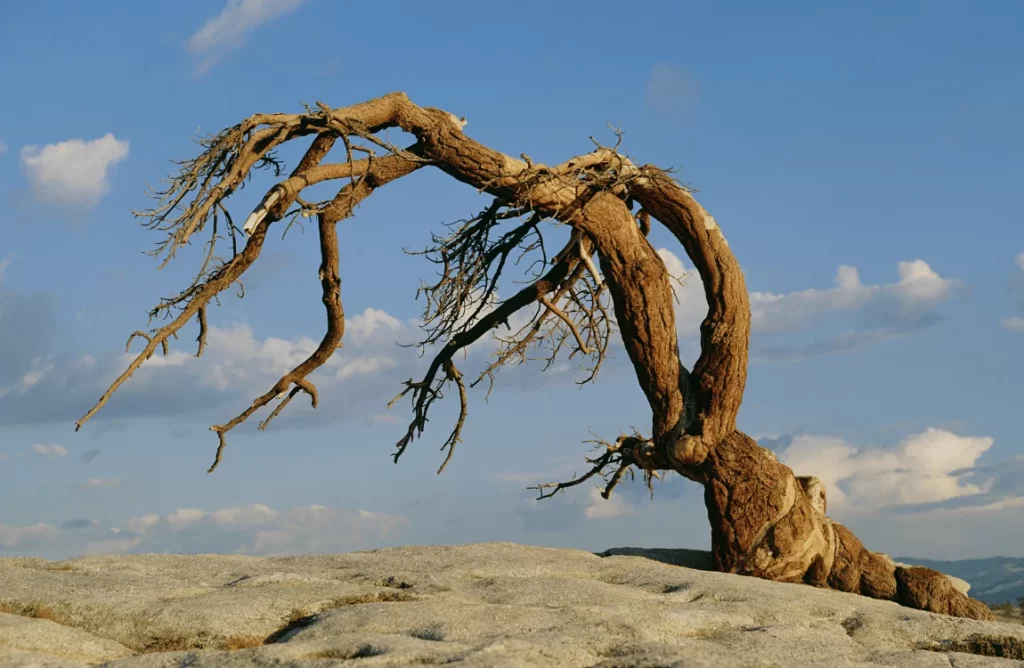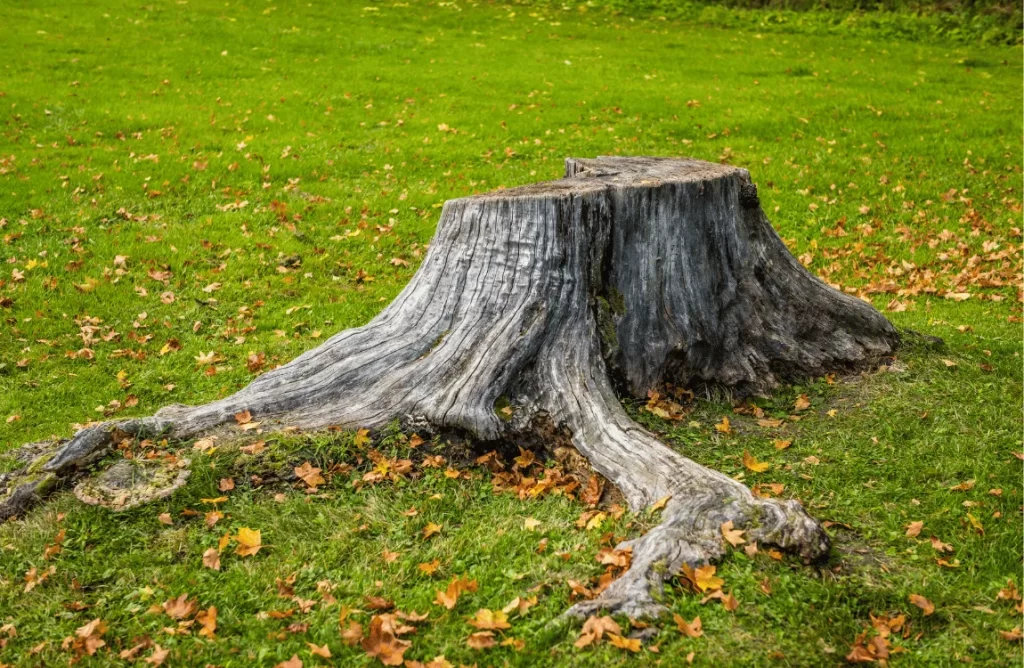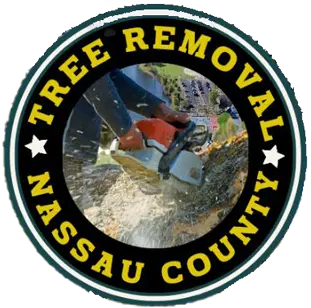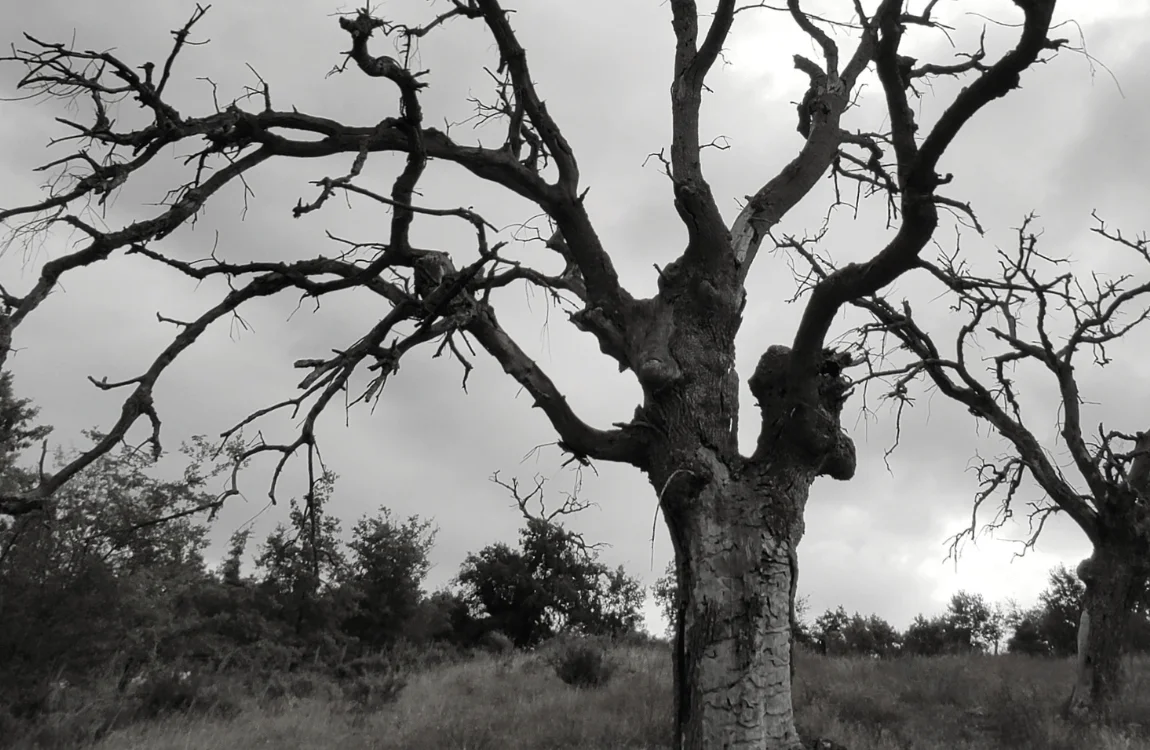To remove a dead tree, hire a professional arborist or undertake careful DIY removal. Ensure safety measures and proper equipment are in place before beginning.
A dead tree can pose a significant risk to property and personal safety, demanding prompt attention. Assessing the situation accurately is critical, in determining whether professional assistance is required. Typically, professionals come equipped with the necessary tools and expertise to carry out the task efficiently.
For those experienced in DIY projects, ensuring that you have the proper safety gear, including gloves, goggles, and a hard hat, is essential. You’ll also need the right tools, such as a chainsaw, axe, and ropes, to safely cut and lower branches and the trunk. Understanding your local regulations and securing any necessary permits is an important step in the removal process. Simplify the task by segmenting the tree into smaller, more manageable pieces for a safer and cleaner removal process.

Understanding The Risks Associated With Dead Trees
Dead trees pose significant risks to property and personal safety. Neglecting the removal of a dead tree can lead to catastrophic consequences. In this section, we will discuss the importance of prompt action and the inherent dangers that come with a deceased timber giant gracing your backyard. It’s essential to recognize the signs, understand the risks, and take the necessary steps to ensure your landscape remains not only aesthetically pleasing but also safe for all.
Recognizing Signs Of A Dead Tree
Identifying a dead tree is the first step in mitigating the risks associated with it. Watch for these key indicators that suggest a tree has ceased to live:
- Lack of leaves or bud growth during growing season
- Bark that is brittle, peeling, or cracking
- Branches that snap off easily or hang limply
- Exposed and decaying roots
- Noticeable fungal growth, such as mushrooms, around the base of the tree
Should these signs become evident, it’s crucial to take swift action to remove the tree safely and prevent potential hazards.
Understanding The Dangers Of Dead Trees
Dead trees are more than just an eyesore; they present many dangers that must not be overlooked. Let’s dive into the risks that dead trees carry:
| Risk | Description |
|---|---|
| Falling Branches | A dead tree’s limbs become brittle and can fall without warning, posing threats to anyone below. |
| Total Collapse | Rot and decay weaken the tree’s structure, possibly resulting in a sudden and complete fall. |
| Property Damage | Falling trees and branches can cause extensive damage to homes, vehicles, and other structures. |
| Pest Infestation | Deadwood can attract termites, beetles, and other pests that may spread to healthy vegetation or buildings. |
| Spread of Disease | Diseased trees can infect surrounding flora, leading to a wider area of devastation. |
Understanding these risks empowers homeowners to take decisive steps. Proper identification and prompt removal can mitigate these dangers, safeguarding your property and loved ones.
Preparing For Tree Removal
Removing a dead tree is often necessary to ensure safety, prevent property damage, and maintain the aesthetic appeal of your landscape. Before undertaking this substantial task, proper preparation is paramount to ensure the process is efficient, lawful, and safe. Let’s navigate through the preliminary steps you need to consider in the tree removal journey.
Assess The Tree’s Condition
Evaluating the state of the dead tree is crucial. A thorough assessment will determine the complexity of the job and the equipment needed. Consider these factors:
- Size and height of the tree
- The tree’s proximity to structures or power lines
- The degree of decay and stability
- Potential obstacles in the area, such as fences or garden features
If you are not experienced in this, it’s advisable to consult with a certified arborist who can provide a professional evaluation.
Obtain Necessary Permits And Permissions
Many regions require official approvals before proceeding with tree removal. The process to obtain these permits may include:
- Checking with your local government or environmental agency
- Submitting an application detailing your reasons for removal and tree information
- Waiting for an inspection or approval, if necessary
Skipping this step can lead to legal issues and potential fines. Be proactive and secure all necessary paperwork well in advance.
Ensure Safety Precautions
Safety must be the top priority during the tree removal process. Before beginning, ensure the following precautions are in place:
| Safety Equipment | Description |
|---|---|
| Personal Protective Equipment (PPE) | Includes helmets, gloves, goggles, and ear protection. |
| Fall Protection | Necessary if climbing is involved, such as harnesses and ropes. |
| First Aid Kit | Should be readily available and fully stocked. |
| Emergency Plan | Have a clear strategy in case of accidents, including emergency contact numbers. |
Additionally, inform neighbors and clear the area around the tree to minimize the risk of injury or damage to property. If you’re inexperienced with tree removal, hiring professionals with the right expertise and equipment is strongly recommended.
Methods To Remove A Dead Tree
Having a dead tree on your property can pose serious risks to your home and safety. Removing it promptly is critical, but understanding the right methods to remove a dead tree is equally important. This guide outlines the key steps and considerations for safely and effectively getting rid of a dead tree.
Cutting Down The Tree
The first step in removing a dead tree is safely cutting it down. Assess your surroundings for potential hazards and make sure there’s a clear path for the tree to fall. A common technique is to make a precise V-shaped notch on the side of the tree that faces the direction you want it to fall, followed by a horizontal cut on the opposite side.
Tree Removal Equipment And Techniques
Proper equipment is critical for safe tree removal.
- Chainsaws are the most commonly used tool for cutting down trees.
- Protective gear including helmets, gloves, and safety glasses are a must.
- Rigging rope can help control the direction of the tree’s descent.
Techniques will vary based on the tree’s size and location. For large trees, it’s often best to hire professionals who have the experience and equipment to handle the job safely.
Stump Removal
After the tree is down, the remaining stump can be unsightly and hazardous. Stump removal can involve a variety of methods:
- Stump Grinding: This is a popular method where a machine shreds the stump into wood chips.
- Chemical Treatments: Chemicals can help speed up the decomposition of the stump.
- Manual Removal: For smaller stumps, digging around the stump and cutting the roots can allow you to remove it manually.
With each method, safety precautions are necessary, and stump removal often requires hard work or specialized equipment.

Frequently Asked Questions On How To Remove A Dead Tree
Is Tree Removal A Diy Project?
Tree removal is not recommended as a DIY project due to safety concerns and the need for specialized equipment. It’s best to hire professionals with experience and insurance to safely remove a dead tree.
How Much Does Professional Tree Removal Cost?
The cost of professional tree removal varies. It typically ranges from $150 to $1,500. Factors like tree size, location, and complexity of the job influence the price.
What Safety Precautions Are Needed For Tree Removal?
Prior to tree removal, assess the area for hazards. Use protective gear, such as helmets and safety harnesses. Ensure no one is within the fall zone of the tree, and always follow proper cutting techniques.
Can I Remove A Tree Without A Permit?
Some regions require permits for tree removal, as they’re important for maintaining local ecosystems. Check with your local government before proceeding to avoid legal issues or fines.
Conclusion
Removal of a dead tree is no small task. By following the steps outlined, you’re equipped to tackle the job safely and effectively. Remember, never hesitate to contact professionals when needed. Your safety and preserving your landscape are paramount. Trust the process, and your yard will thank you.
Happy Tree Services!




